GE IS215UCVEM09B Introduction
Product Description
GE IS215UCVEM09B is a high-performance vibration monitoring module, specifically designed for industrial turbine and rotating machinery systems. As a key component in GE’s Mark VIe control system, it plays a critical role in ensuring the safe and efficient operation of heavy-duty equipment by continuously tracking vibration levels and detecting potential mechanical issues at an early stage.
What distinguishes this module is its precision in measuring vibration signals. Equipped with advanced sensing technology, it can capture even subtle vibrations that may indicate imbalances, misalignments, or bearing wear in rotating components. Its rugged design allows it to operate reliably in harsh industrial environments, enduring high temperatures, humidity, and electrical noise—common challenges in power generation, oil and gas, and manufacturing facilities.
The module features a compact form factor, making it easy to integrate into existing control cabinets without requiring extensive space. It also supports seamless communication with other system components, enabling real-time data transmission and centralized monitoring, which is essential for proactive maintenance and minimizing unplanned downtime.
Technical Parameters
- Measurement Type: Axial, radial, and tangential vibration (3-axis monitoring)
- Input Channels: 4 vibration input channels (accepts signals from accelerometers or proximity probes)
- Input Signal Range: ±10 V DC (for accelerometer signals); 0-20 mA (for proximity probe signals)
- Sampling Rate: 10 kHz per channel (high-speed data capture for accurate analysis)
- Frequency Range: 0.1 Hz to 10 kHz (covers typical vibration frequencies in rotating machinery)
- Operating Voltage: 24 V DC ± 10%
- Power Consumption: Typical 12 W, Maximum 15 W
- Operating Temperature Range: -20°C to 70°C (suitable for extreme industrial conditions)
- Storage Temperature Range: -40°C to 85°C
- Communication Interface: Ethernet (10/100 Mbps) for data transmission to control systems; RS-485 for local configuration
- Output Signals: 2 relay outputs (for alarm triggering); 4-20 mA analog outputs (for vibration amplitude)
- Protection Rating: IP20 (when installed in a sealed control cabinet)
- Dimensions: 150 mm × 100 mm × 60 mm (length × width × height)
- Weight: Approximately 450 g
- Certifications: CE, UL, IEC 61010 (compliant with industrial safety and electromagnetic compatibility standards)
Usage Method
Installation Process
- Mounting: Secure the IS215UCVEM09B module into the designated slot of the Mark VIe rack using the provided screws. Ensure the rack is installed in a control cabinet with proper ventilation to prevent overheating, as the module may generate mild heat during continuous operation.
- Wiring Connections: Connect vibration sensors (accelerometers or proximity probes) to the input channels using shielded cables to minimize signal interference. Each channel has clearly labeled terminals for easy identification—refer to the user manual for pin assignments.
- Power Supply: Connect the 24 V DC power supply to the module’s power terminals, strictly following the polarity guidelines to avoid damage. Ensure the power source is stable and grounded to prevent electrical noise from affecting measurement accuracy.
Configuration Steps
- Software Setup: Install GE’s ToolboxST software on a computer and connect to the module via Ethernet or RS-485. The software provides a user-friendly interface for configuring parameters and monitoring real-time data.
- Sensor Calibration: Calibrate the module based on the type of sensors used. For accelerometers, set the sensitivity range (e.g., 100 mV/g); for proximity probes, configure the distance-to-voltage conversion ratio. This ensures accurate translation of physical vibration into electrical signals.
- Alarm Thresholds: Define vibration limits for alarm activation. Set primary (warning) and secondary (critical) thresholds based on machinery specifications—for example, 0.1 inches per second (IPS) for warning and 0.2 IPS for critical shutdown.
- Data Logging Settings: Configure the module to log vibration data at specified intervals (e.g., every 10 seconds) and set up automatic transmission to the central control system for historical analysis.
Operation and Monitoring
- Real-Time Monitoring: Use ToolboxST or the Mark VIe HMI to view live vibration readings, including amplitude, frequency spectrum, and waveform plots. The module updates data continuously, allowing operators to track machinery health in real time.
- Alarm Response: If vibration exceeds the set thresholds, the module triggers relay outputs to activate alarms (e.g., sirens, warning lights) or send shutdown signals to the machinery. Check the software’s alarm log for details on the time, channel, and amplitude of the excessive vibration.
- Troubleshooting: In case of measurement errors, verify sensor connections and calibration. A blinking red LED on the module indicates communication issues—check Ethernet/RS-485 cables and network settings. Refer to the diagnostic section of the user manual for common issues and solutions.
Maintenance Tips
- Periodic Inspections: Inspect sensor cables for damage or loose connections quarterly, as worn cables can introduce signal noise. Clean the module’s surface with a dry cloth to remove dust, ensuring proper heat dissipation.
- Calibration Checks: Re-calibrate the module annually using a vibration calibrator to maintain measurement accuracy. Compare readings with a reference standard to confirm reliability.
- Firmware Updates: Check GE’s official website for firmware updates, which may include improved noise filtering or enhanced data logging features. Update the module via Ethernet using ToolboxST.
System Introduction
GE IS215UCVEM09B is an integral part of the Mark VIe control system, a comprehensive solution for monitoring and controlling industrial turbines, generators, and rotating machinery. The system’s architecture centers on real-time data collection and analysis, with the IS215UCVEM09B serving as a dedicated vibration monitoring node.
In a typical setup, the module works alongside:
- Sensors: Accelerometers (for measuring vibration acceleration) and proximity probes (for monitoring shaft displacement) installed on critical machinery components like turbine rotors and generator bearings.
- Mark VIe Controller: The central processing unit that receives vibration data from the IS215UCVEM09B, processes it, and coordinates with other modules (e.g., temperature, pressure monitors) to assess overall machinery health.
- HMI Interface: Allows operators to visualize vibration trends, set alarms, and access historical data. Graphical displays, such as frequency spectra, help identify specific issues (e.g., a 1x frequency spike indicates rotor imbalance).
- SCADA System: Integrates with the Mark VIe system to provide plant-wide monitoring, enabling maintenance teams to schedule repairs based on vibration trends rather than fixed intervals.
The module’s role in the system is to act as a “mechanical health detective.” By continuously analyzing vibration patterns, it can detect early signs of wear—for example, a sudden increase in high-frequency vibration may signal bearing degradation. This proactive monitoring reduces the risk of catastrophic failures, extends machinery lifespan, and lowers maintenance costs.
Widely used in power plants, refineries, and manufacturing facilities, the Mark VIe system with IS215UCVEM09B ensures that rotating machinery operates within safe parameters, maximizing uptime and operational efficiency. Its ability to integrate with broader industrial networks makes it a cornerstone of modern predictive maintenance strategies.




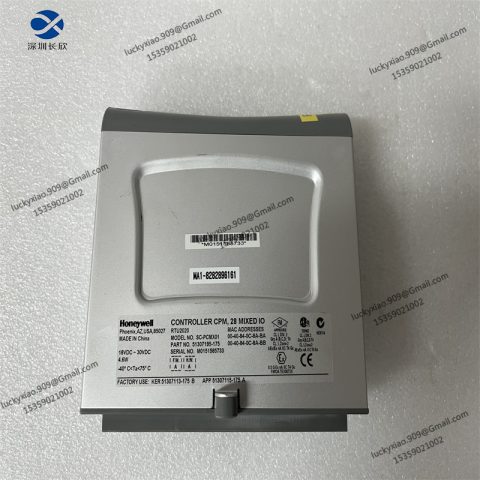
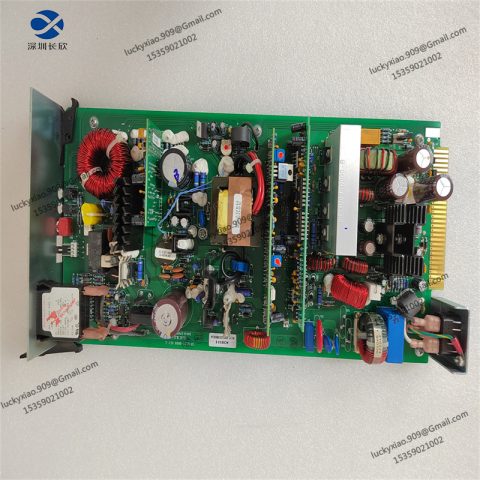
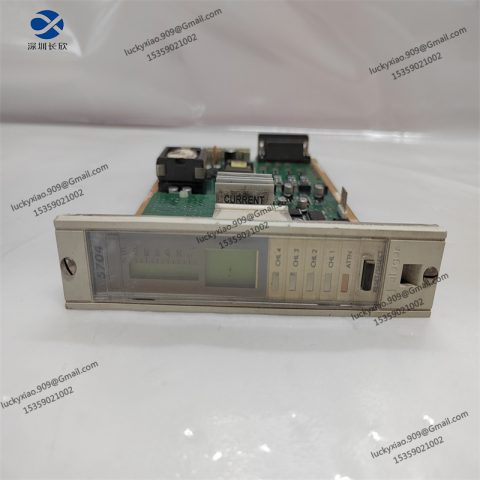

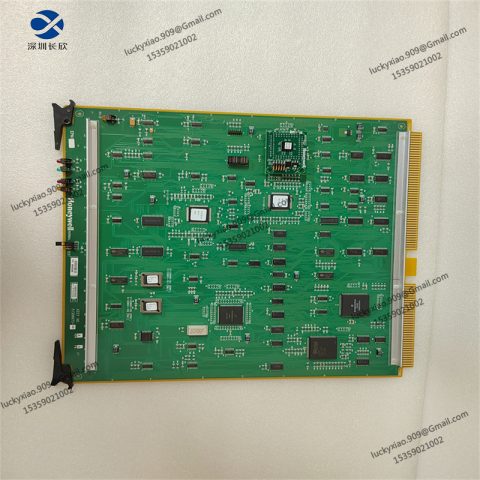
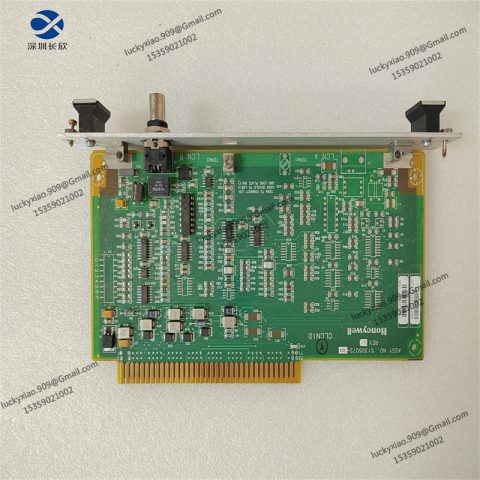
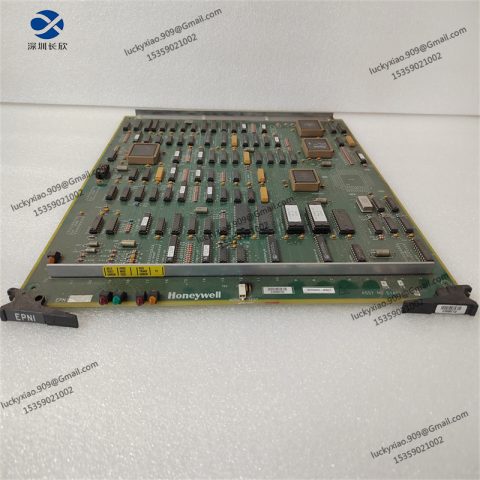
There are no reviews yet.